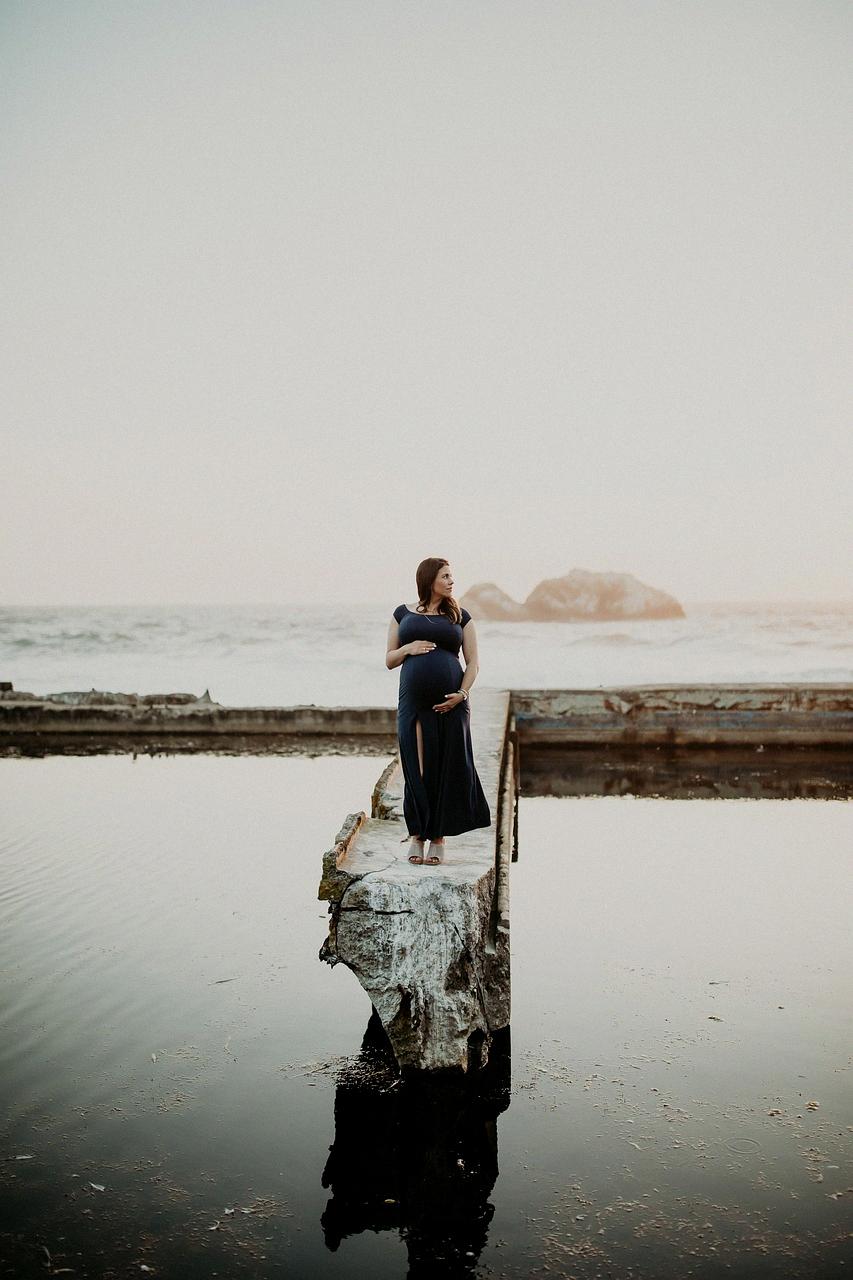When faced with the challenge of getting pregnant after having one’s tubes tied, it’s essential to consider all available options. Two primary methods stand out as potential solutions for achieving pregnancy, namely tubal reversal surgery and in vitro fertilization (IVF). Each option comes with its own set of advantages and drawbacks, which should be carefully weighed before making a decision.
Understanding Tubal Reversal Surgery
Tubal reversal surgery, also known as tubal reanastomosis, involves the process of reconnecting the previously cut or blocked fallopian tubes. This procedure aims to restore fertility by allowing the eggs to travel from the ovaries through the fallopian tubes to the uterus, where they can be fertilized by sperm. While tubal reversal surgery can be an effective way to regain fertility, it is essential to consult with a qualified healthcare provider to assess whether you are a suitable candidate for this procedure.
Exploring the Effectiveness of IVF
In vitro fertilization (IVF) is another viable option for individuals seeking to conceive after tubal ligation. This assisted reproductive technology involves retrieving eggs from the ovaries, fertilizing them with sperm in a laboratory setting, and transferring the resulting embryos to the uterus. IVF bypasses the fallopian tubes altogether, making it a suitable choice for women with blocked or damaged tubes. While IVF can be a highly effective method for achieving pregnancy, it is essential to recognize that this procedure may involve multiple rounds of treatment and can be financially burdensome.
Weighing the Pros and Cons
When contemplating how to get pregnant with tubes tied, it’s crucial to consider the pros and cons of each available option. Tubal reversal surgery offers the potential for natural conception, allowing for the possibility of conceiving without the need for additional assisted reproductive technologies. However, this procedure may not always guarantee success and can be associated with certain risks, such as ectopic pregnancy. On the other hand, IVF provides a more controlled approach to conception, enabling healthcare providers to monitor the fertilization process closely. Nonetheless, IVF may require multiple cycles to achieve a successful pregnancy and may not be suitable for everyone.
Consulting with a Fertility Specialist
Regardless of the option chosen, seeking guidance from a fertility specialist is paramount. A qualified healthcare provider can assess your individual circumstances, provide personalized recommendations, and assist you in navigating the complexities of fertility treatment. By consulting with a professional, you can gain a better understanding of your fertility options and make informed decisions regarding your journey towards pregnancy.
Exploring Alternative Therapies
In addition to conventional medical interventions, some individuals may consider exploring alternative therapies to enhance their chances of conception after tubal ligation. Practices such as acupuncture, herbal medicine, and dietary supplements are among the options that some people turn to in their quest for pregnancy. While these alternative approaches may offer potential benefits, it’s crucial to consult with a healthcare provider before incorporating them into your fertility treatment plan.
Embracing a Healthy Lifestyle
Regardless of the path chosen, maintaining a healthy lifestyle can significantly impact your fertility journey. Engaging in regular exercise, consuming a balanced diet, managing stress levels, and avoiding harmful substances can all contribute to optimizing your reproductive health. By adopting healthy habits, you can create a supportive environment for conception and promote overall well-being.
Seeking Emotional Support
Navigating the complexities of fertility treatment can be emotionally challenging, particularly for individuals facing the prospect of pregnancy after tubal ligation. It’s essential to seek emotional support from loved ones, support groups, or mental health professionals to cope with the various stressors associated with infertility. By addressing your emotional well-being, you can better navigate the ups and downs of the fertility journey and maintain a positive outlook.
Remaining Patient and Persistent
Getting pregnant after having your tubes tied may require patience and persistence. It’s essential to remember that the journey towards conception can vary for each individual and may involve unforeseen challenges along the way. By remaining patient and persistent in your pursuit of pregnancy, you can stay focused on your goal and continue exploring different options until you achieve success.
Staying Informed and Empowered
Educating yourself about the fertility treatment options available to you is empowering. By staying informed about the latest advancements in reproductive medicine, understanding the potential risks and benefits of different procedures, and actively participating in your healthcare decisions, you can take control of your fertility journey and make choices that align with your values and goals.
Conclusion
In conclusion, the prospect of getting pregnant after tubes tied cut and burned naturally presents a unique set of challenges and considerations. Whether you opt for tubal reversal surgery, in vitro fertilization, or a combination of both, it’s crucial to approach your fertility journey with informed decision-making, emotional resilience, and a proactive mindset. By consulting with healthcare providers, exploring alternative therapies, embracing a healthy lifestyle, seeking emotional support, and remaining patient and persistent, you can navigate the complexities of fertility treatment and increase your chances of achieving the desired outcome.

